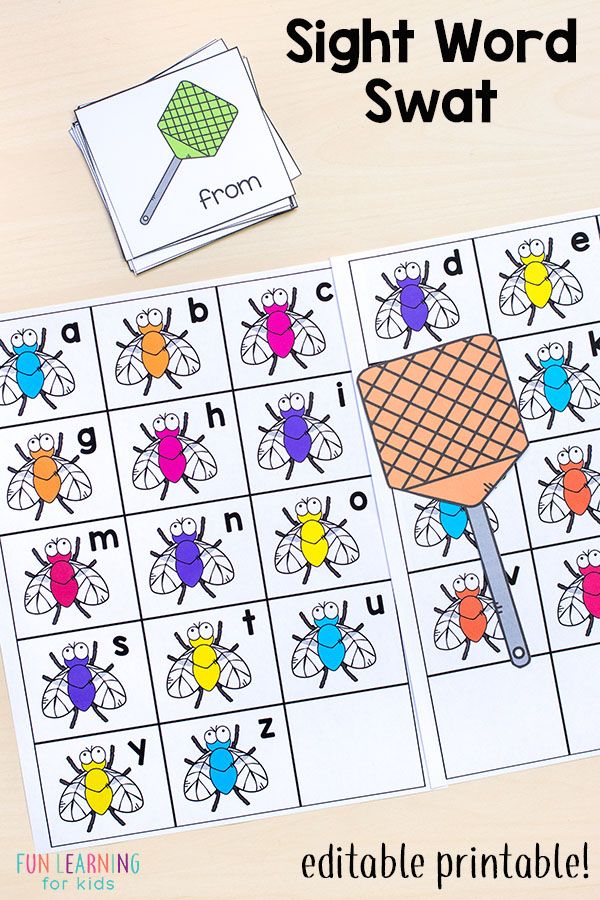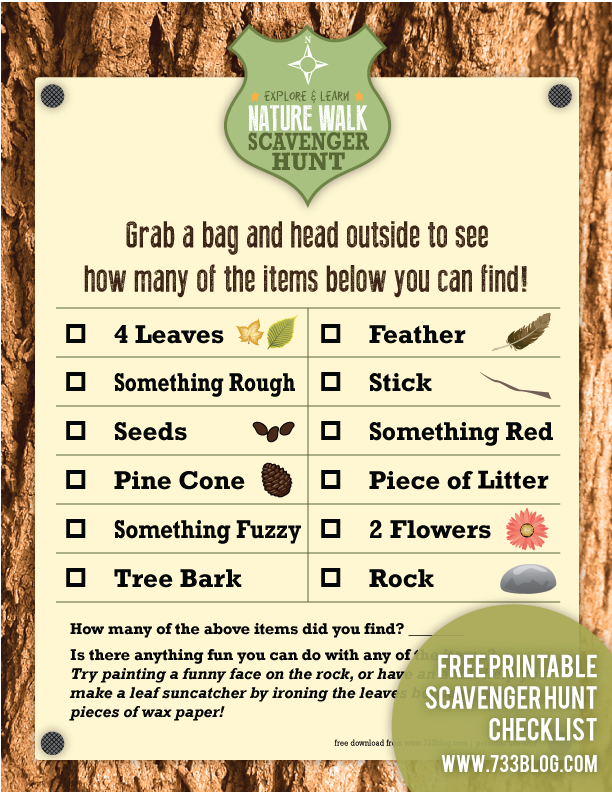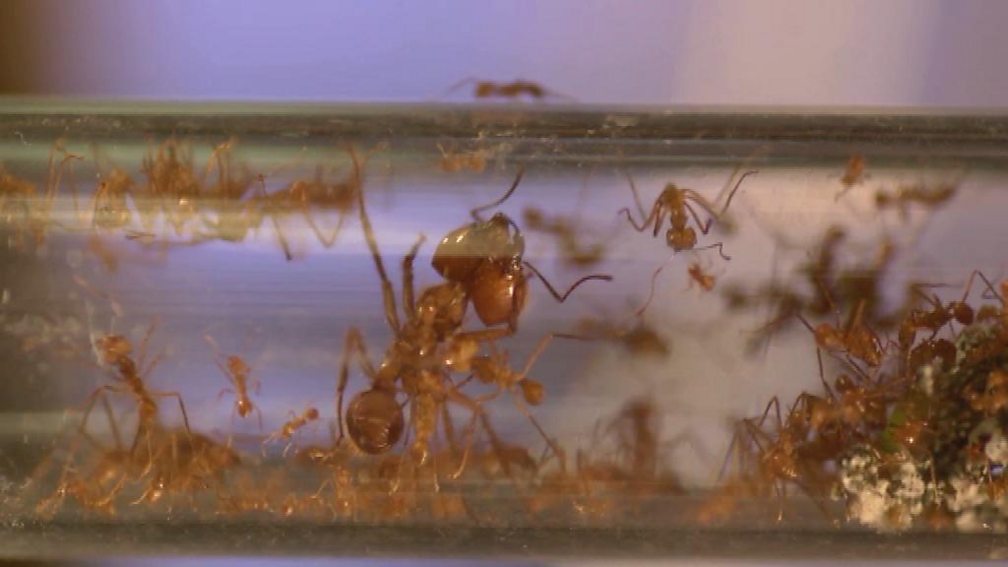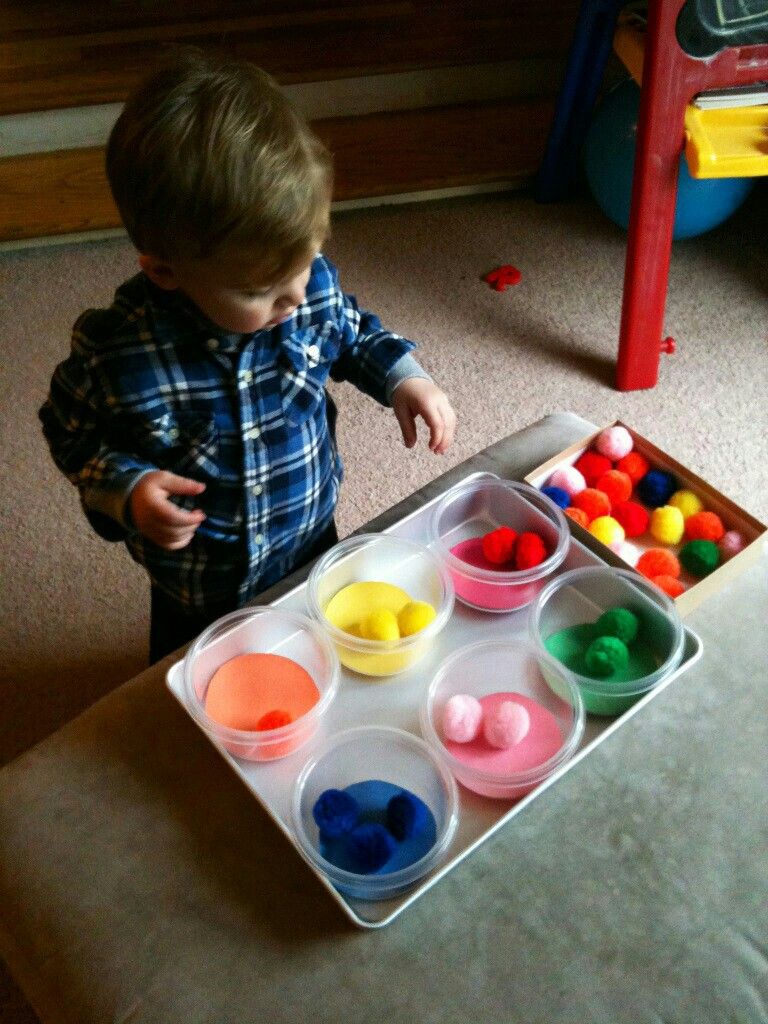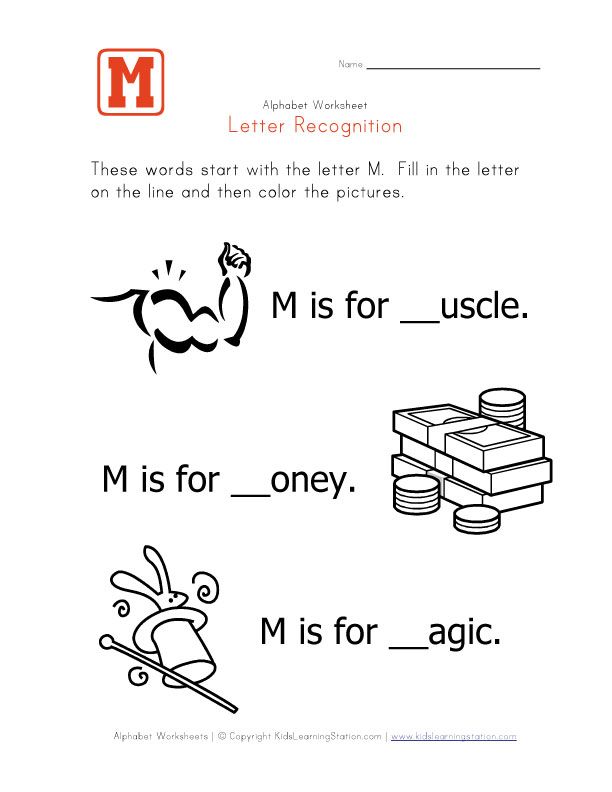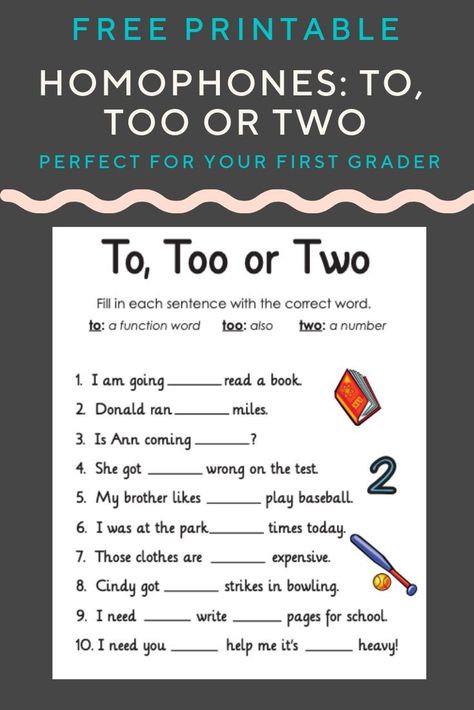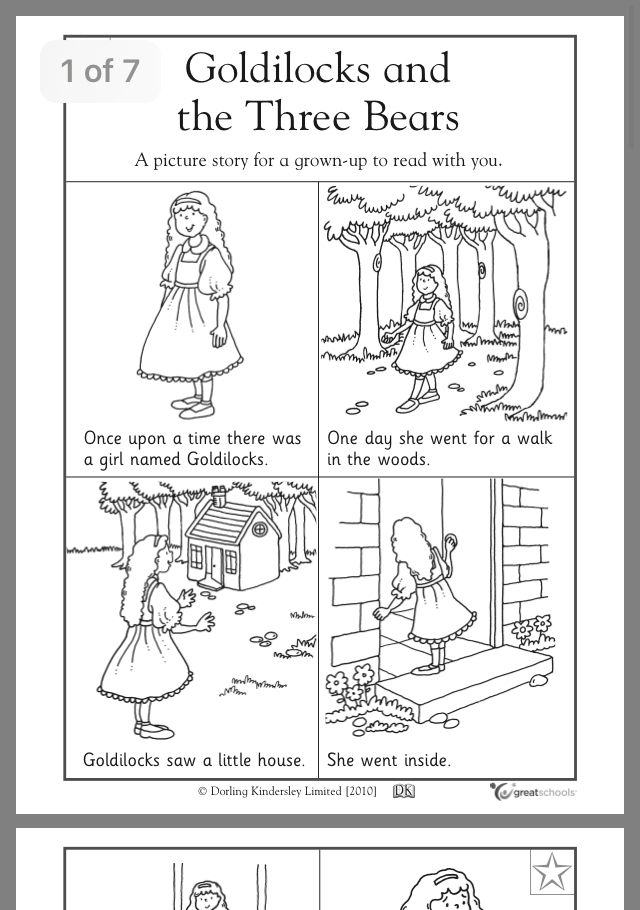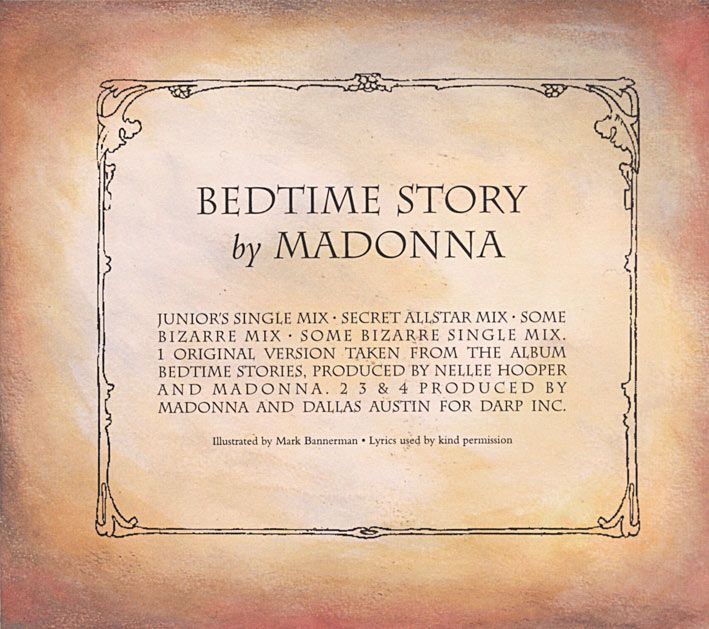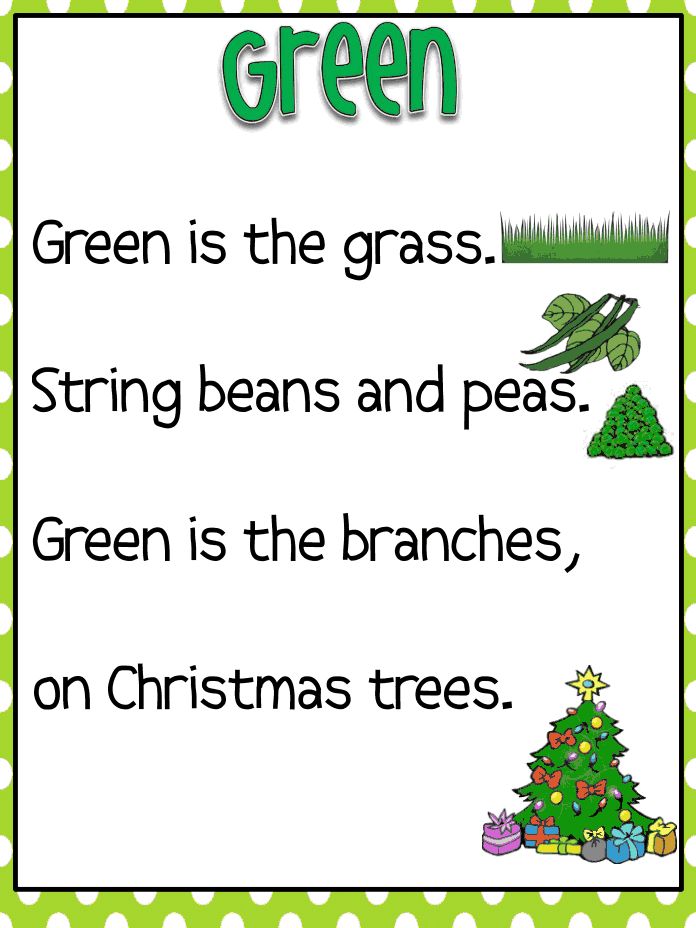Fun games for learning sight words
10 Clever Games to Help Your Child Learn Sight Words
Big, at, can, does, go, see: these are just a few of what are commonly referred to as sight words. Sight words are those foundational words that appear frequently wherever you see words in print. Children should recognize sight words without sounding out the letters to build reading speed and fluency.
Sight words are unique. Many of them can't be figured out phonetically, and they are often an exception to the rules of letter–sound relationships. The best way to learn these words is through familiarity and memorization. This does not mean, however, that you have to sit with your child and use boring and basic flashcards. The best way children learn is by engaging in playful activities. Active learning will not only help your child retain the sight words, but will also develop skills such as critical thinking, communication, collaboration, creativity, innovation, self-regulation, and working memory.
Try these 10 fun active learning games to help your child learn sight words and more!
1.Just in time for spring! You'll need paper (cut into strips), markers, and plastic eggs you can open. Write a sight word on each of the paper strips and place one strip in each egg. Hide the eggs all around your backyard or living room. Have a fun egg hunt with your child. Record one point for each egg found and two points if your child can read the sight word. How many points did your child get? Play again and see if she can get more points the next time.
2. Read An Interactive Book!In the Curious World App, you can read over a hundred books such as Goldilocks or Curious George Feeds the Animals. When your child selects the 'Read To Me' option, each word will be highlighted as it is spoken. The more books she reads, the more she will start to recognize common sight words. Click below to try it now!
https://kidsy.curiousworld.com/book/4367?site=cw
3. Sight Word Smash-UpYou will need a few beanbags, index cards, and a marker.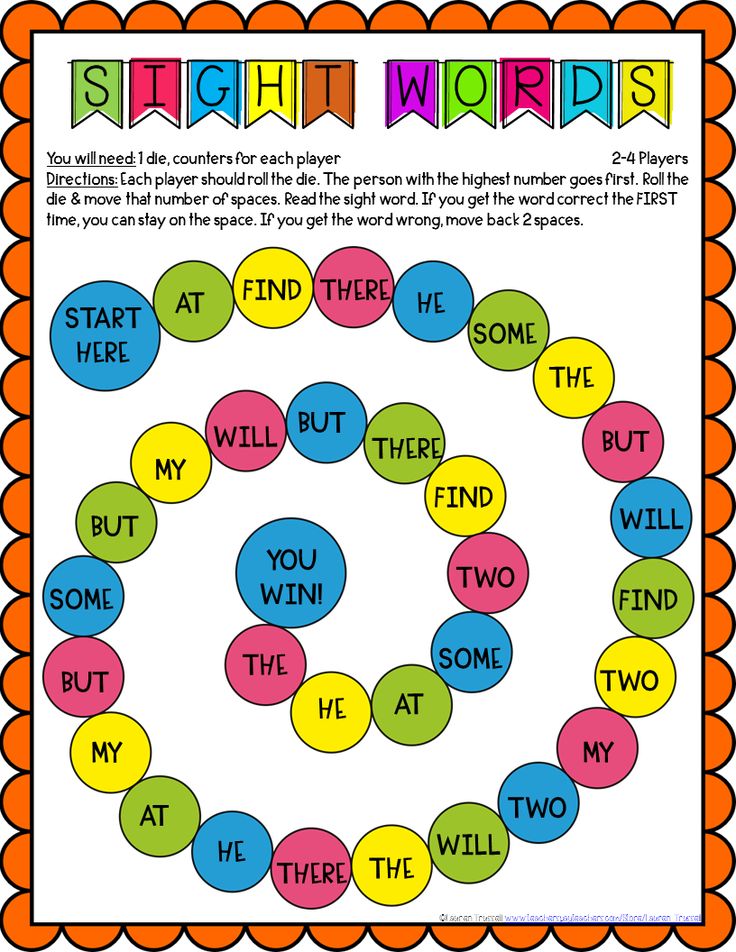 Write a sight word on each card. Spread the word cards on the floor. Shout out words and have your child toss beanbags onto them. Next, have your child shout out the word and see if you can hit them with the beanbags.
Write a sight word on each card. Spread the word cards on the floor. Shout out words and have your child toss beanbags onto them. Next, have your child shout out the word and see if you can hit them with the beanbags.
Make a grid (adjust the size depending on your child's abilities), and write a sight word in each square. Next, give your child some counters and read one of the words out loud. If your child can find the correct word, she gets to place her counter in the square. When she has completed a row or a column, she has won the game - bingo! For a digital version of this game, check out the Curious World App. Get 20% off your first year when you follow this link (discount applied at checkout).
5. Word WalkYou will need white paper plates and a marker. Write a sight word on each of the plates. Create a path all around the house using the paper plates. Start at the beginning of the path and have your child read each word as she walks to the end of the path.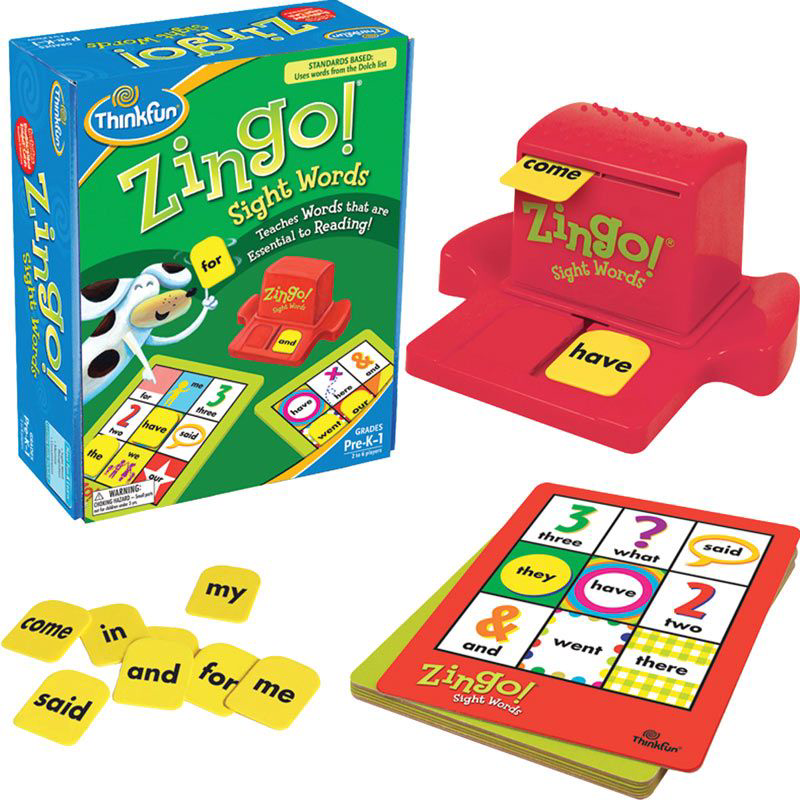 Your child can pick up the plate each time she reads a word. Repeat the game by creating a new path.
Your child can pick up the plate each time she reads a word. Repeat the game by creating a new path.
Write 20 sight words on 20 pieces of paper. Use words you want your child to learn. Stick the words on a wall. Get a flashlight and dim the lights. Shine the light on a word. Ask your child to read the word. Switch it up by reading a word and having your child find it with the flashlight. Make the activity even more fun using black paper and a glow-in-the-dark crayon or marker.
Oh no, the aliens are attacking! Move the spaceship and shoot down the correct sight word to stop them before they reach earth. Exclusive to the Curious World App.
8. Magic Reveal!You will need heavy white paper such as poster board or cardboard, a white crayon, watercolor paints, and a paintbrush. Using the white crayon, write sight words in a random pattern on the paper. Next, have your child paint on the paper with watercolor paints.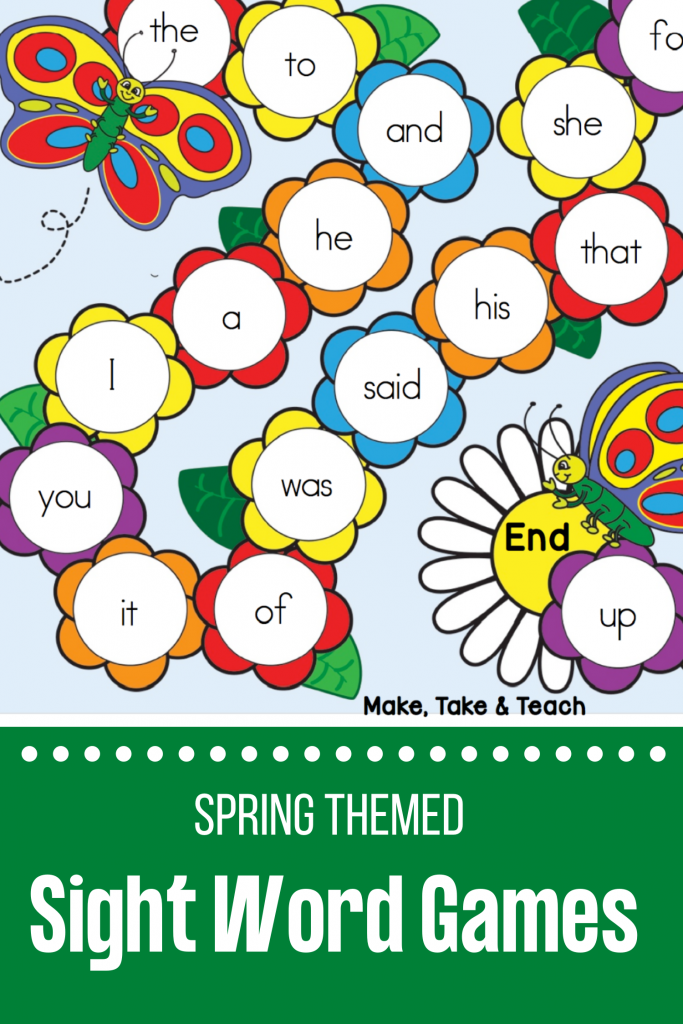 As the words are revealed, ask her to name the words she sees.
As the words are revealed, ask her to name the words she sees.
Children love puzzles! Take a 20 to 100-piece puzzle, depending on the size of puzzle your child can handle, and write a sight word on the back of each piece. Have your child pick up a piece and read the word before putting it in the puzzle. If she struggles with the word, read it to her and put the piece aside for her to come back to and try again.
10. Catch the WordStart with 10 small balls. Tape a sight word on each ball. Play a simple game of catch, and each time your child catches a ball, she will read the word aloud. Repeat with the other balls and keep the action going.
13 Highly Effective And Fun Sight Word Games To Help Your Kids Learn
What Are Sight Words?
What’s the most common word in the English language? It’s the. Imagine pausing every time you ran across this word in a book, on a poster, or in a magazine.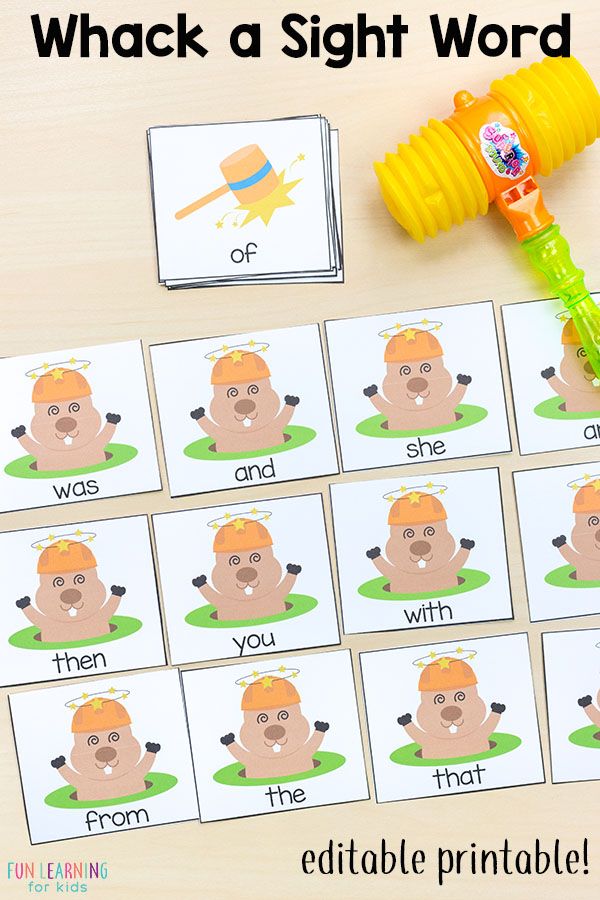 Even the simplest texts would become grueling to read.
Even the simplest texts would become grueling to read.
Common words in the English language (like the) are often grouped together in the early stages of reading — these are what we mean when we speak about sight words. Sight words aren’t easy to sound out or decode, especially for young readers who are just learning the rules to sound out words, so we memorize them (or, in other words, recognize them by sight).
These words occur so frequently that readers, including very young readers, need to know them instantly. And once your child learns basic sight words, they won’t need to spend a lot of time trying to decipher these high-frequency words.
Sight words are dually helpful in this way: they help your child instantly recognize familiar words and help them bypass trying to sound them out because, phonetically, they often don’t make much sense!
Why, for instance, doesn’t the word was rhyme with has? Why doesn’t have rhyme with gave? The first of each is phonetically irregular, despite the fact that they’re some of the most common words in the English language.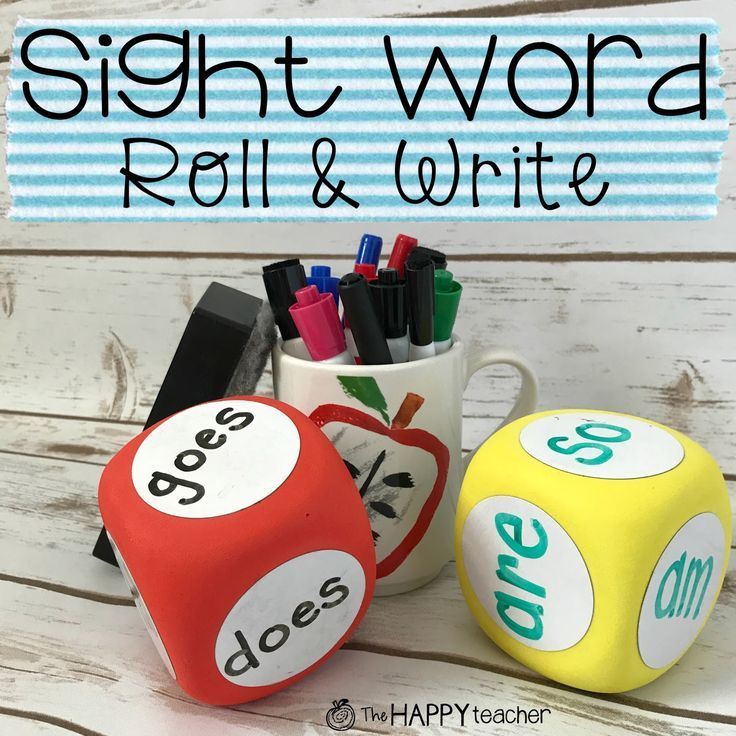
As adults who learned to read many years ago, we don’t think twice about why we pronounce sight words the way we do. We also don’t consider why was and has or have and gave don’t rhyme.
Our reading of these words happens automatically, and that’s what helps us read fluently. But early readers who are learning the rules of the English language need a little help.
That’s where sight word games come in. We’ve compiled a list of fun activities that you can do with your young reader to help them learn sight words. And these activities are great for both you and your child.
For you, a majority of the activities require minimal supplies and prep time, which is great for a busy parent. For your child, the games are lots of fun, so they can learn without even realizing it.
But before we get to these fun activities, let’s be clear on the specific sight words your child will need to be familiar with.
What Words Should You Use For Sight Word Games?
Decades ago, an educator named Edward Dolch developed a list, used widely by teachers, of the words most frequently used in children’s books.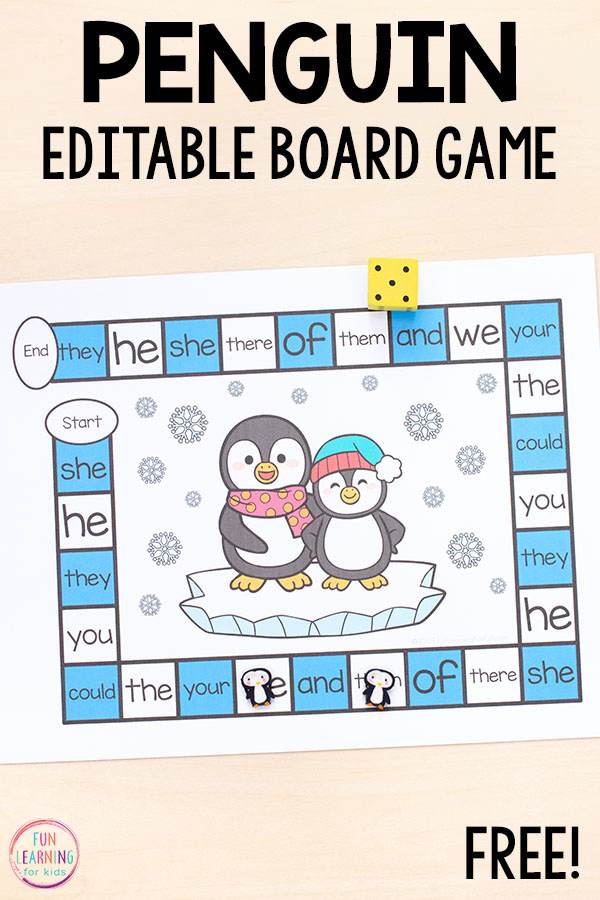 He identified 220 “service words” and 95 nouns. The words are broken down by levels: pre-primer, primer, first grade, second grade, and third grade.
He identified 220 “service words” and 95 nouns. The words are broken down by levels: pre-primer, primer, first grade, second grade, and third grade.
Some of the 315 words that comprise the two lists are very easy for kids to learn: a, I, it. Others offer more of a challenge. For instance, the pre-primer list includes you, said, and where.
Here is a list of the 45 sight words we include in our Beginning Reader and Growing Reader pathways:
And, a, the, on, is, to, I, was, you, your, yes, no, do, they, with, that, are, said, girl, boy, were, this, look, like, want, has, of, what, see, go, play, here, very, good, his, her, there, where, have, walk, talk, know, blue, green, little.
Are Sight Words Just High-Frequency Words?
The short answer: not quite. But it’s a little more complicated.
While the terms sight words and high-frequency words are often used interchangeably, there are some key differences.
High-frequency words, as the name suggests, are the most commonly found words in our written language. For example, like, the, it, etc., are all high-frequency words. And some of them follow standard phonetic patterns while others don’t.
For example, like, the, it, etc., are all high-frequency words. And some of them follow standard phonetic patterns while others don’t.
On the other hand, though sight words may frequently occur in text, what sets them apart is that they do not fit standard phonetic patterns or the applicable phonetic rules are more advanced. Therefore, they often need to be memorized.
In essence, many high-frequency words can become sight words once a learner reads them instantly without trying to decode them.
One of the best ways to help kids get to this stage of word recognition is to continue exposing them to sight words. This is where games come into play!
13 Fun Sight Word Games To Help Your Child Learn
Parents wear many hats — companion, guidance counselor, teacher, and so on — and all of them are crucial. But one of the most enjoyable parts of being a parent is cutting up with your child and having a little bit of fun.
The good news? Your child can learn and have fun at the same time while playing these games!
We know how invested you are in your child’s future. We want to help you set them up with the best tools for success in the easiest, most enjoyable way possible. So here are some sight word games that will get their brain working and their belly laughing!
We want to help you set them up with the best tools for success in the easiest, most enjoyable way possible. So here are some sight word games that will get their brain working and their belly laughing!
1) Sight Word Twister
This is a version of the popular game Twister. If you want to try this game, choose between six or twelve words to work with at a time.
That number will depend on your child’s comfort level with sight words, their attention span, and the amount of time on your hands! Feel free to start small and work your way up with additional rounds.
Write each sight word you chose on a blank index card. Then, clear a space on a wooden or linoleum floor and tape each word so that they are all just a little bit apart from each other (make sure your little one can still reach!). Now the fun begins.
Tell your child to find one of the words — have, for instance — and place an elbow on the word. Then they must put their knee on a second word and their nose on a third.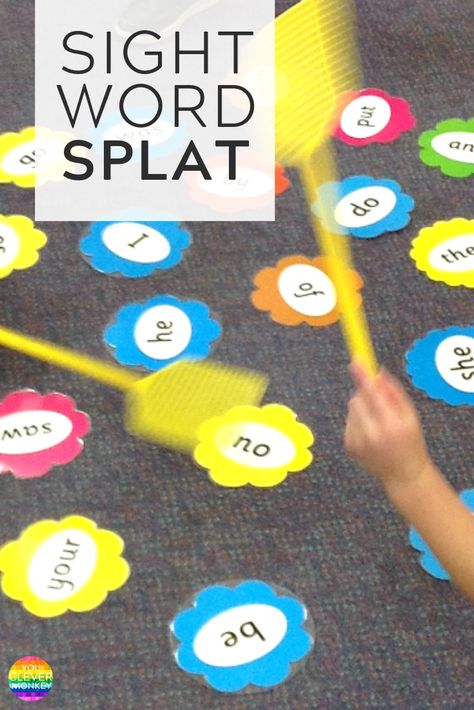 You can go on to a fourth, fifth, or sixth word, or you can stop at three.
You can go on to a fourth, fifth, or sixth word, or you can stop at three.
Your child isn’t the only one who has to twist and turn. In our experience, children want you to play along with them and be just as silly about the shapes you make with your body!
Plus, giving your child the chance to choose the word you have to touch helps them practice reading their sight words. Being the “game boss” will give them another opportunity to learn!
Your child may have a blast with this game and insist they want to keep going, but it’s best to limit your play to two or three rounds per player. That will help keep them from getting bored with the game (and give their brain a chance to rest!).
2) Pick The Word
If you want to try this game with your child, write your six sight words on index cards — one word per card. On a separate sheet of paper, list the six words twice — one list for you, one for your child.
Next, place the index cards with the words facing down.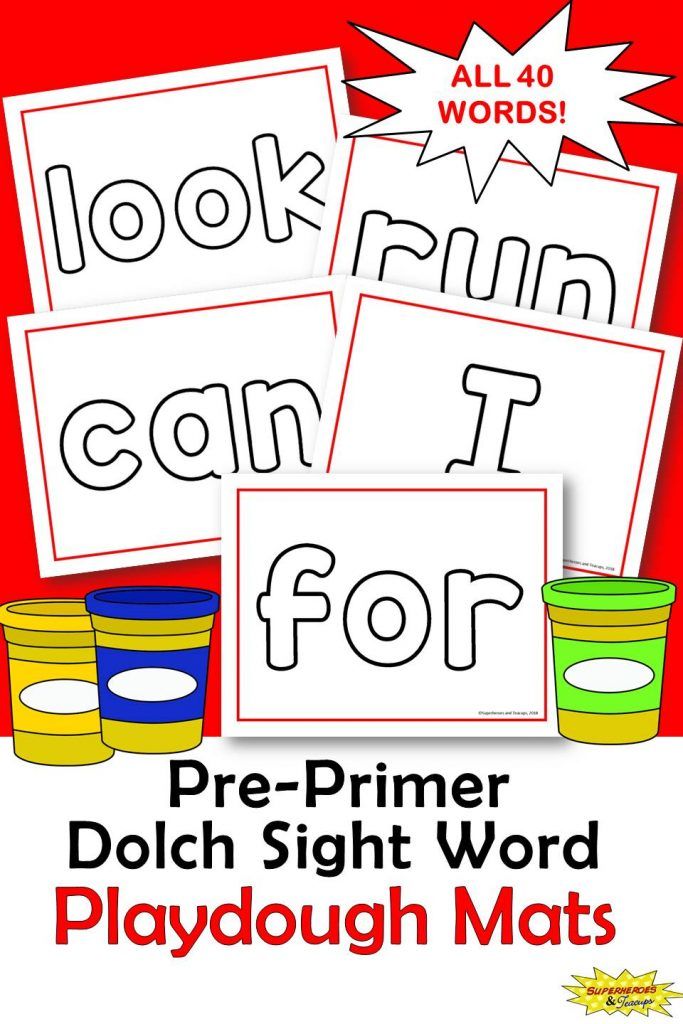 You can take the first turn. After picking a word from your list, flip four of the cards so the words are showing. If you uncover the word you’re seeking, you can cross that word off your list.
You can take the first turn. After picking a word from your list, flip four of the cards so the words are showing. If you uncover the word you’re seeking, you can cross that word off your list.
At the end of your turn, flip the cards back over, mix them up, and give your child a turn at flipping four of the cards.
If on your first turn you did not find the word you wanted, you have to hunt for the same word on your next turn. If you found the word you wanted, pick a second word from the list.
The first player to cross off four words wins. To make the game more challenging, you can turn over three cards per turn instead of four, or you can aim to find all six words instead of just four of the words.
3) Word Match Up
On a sheet of paper, write your six sight words three times. Your child’s job is to draw a line that connects each word to the two identical words on the sheet.
After drawing a line that connects the first three words, it’s time to connect the next three matching words.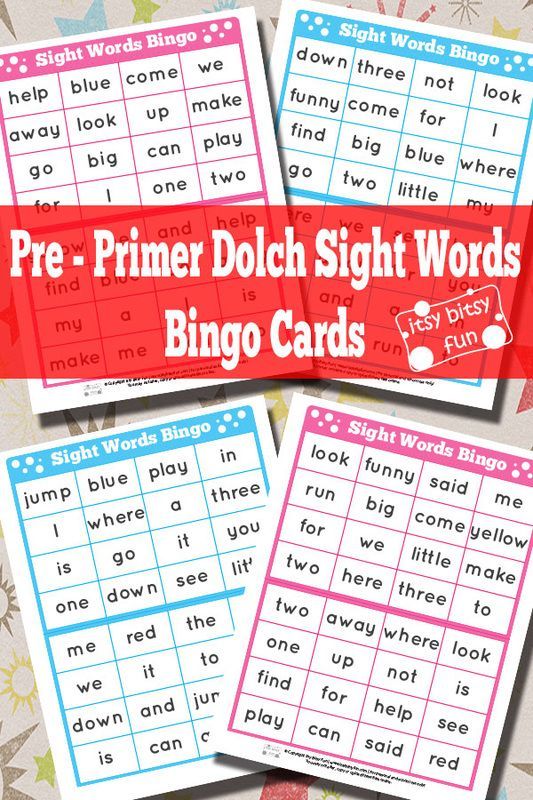
This game may sound pretty easy, but here’s the hitch: your child cannot cross any line already on the page. The page gets pretty crowded with lines, so this is not an easy accomplishment. They may end up with some kooky, loopy lines — and that’s the goal!
Try it yourself. The more you stumble and struggle, the more your child will enjoy the game!
4) Word Toss
If you’d like to give this game a go, write each sight word on its own Post-it® and then stick the words on the floor. You can also stick them to a wall or a door.
Get a soft toy, like a small stuffed animal, and stand a few feet away from the words. Choose a word and say it aloud. Your child must toss the toy so that it hits the right word.
Your turn next. Your child picks a word for you to hit. The game is more fun if you miss, so don’t worry about having poor aim. You can play to see who reaches a set number of points or who has the most points after five or six rounds.
5) Sight Word Bingo
Selecting from the Dolch lists, you can make custom Bingo cards that use sight words.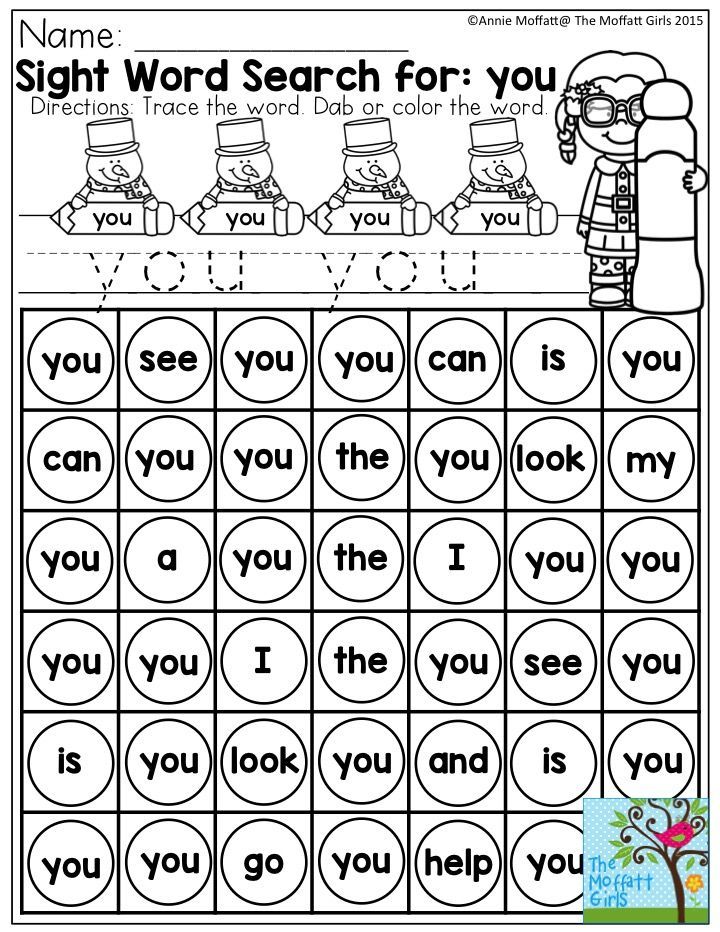 It makes the perfect, classic sight word game for your child!
It makes the perfect, classic sight word game for your child!
We’re sure you know how Bingo works, but just in case, we’ll give you a refresher. Set up one regular bingo board each for you and your child. If more people are playing, you might have teams or make sure you have one card for each player.
Tell your child to pick 24 words. The same words will go on both boards, but in different places on each board. Then write the words on index cards. Turn the cards over and mix them up.
Players will take turns picking cards — reading the words and finding each word on their card. When they find a word, they will cover it with a token or a penny. The first person to get five words in a row wins. Bingo!
6) Sight Word Go Fish
Introducing your child to this game will be easier if they have prior experience with Go Fish. If they don’t, that’s OK, too! It’s easy to learn and a blast to play.
If you’d like to give this game a go, use index cards or cut pieces of paper for playing cards.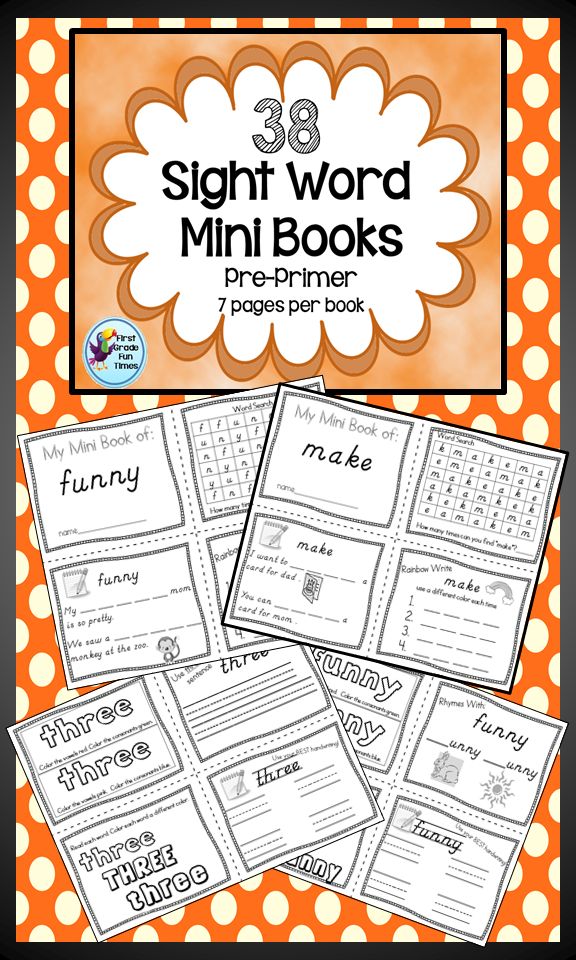 You can write matching pairs of whichever sight words you want your child to focus on. It’s important that there are at least two cards for each word — the point of Go Fish is to match them!
You can write matching pairs of whichever sight words you want your child to focus on. It’s important that there are at least two cards for each word — the point of Go Fish is to match them!
We recommend starting with 20 cards (ten sets of words) and giving each player five cards in their hand. You can decrease the number for younger children and increase the number (or difficulty) of words as your child gets more comfortable playing.
Tip: For younger kids, you might let your child lay the words on the floor and hide them from you by using a book as a shield rather than them holding the cards in their hand, as that can be challenging.
Your child will read out the word they want to match. If the word is an, for example, and you have the other an card in your hand, then you have to hand it over. If you don’t have the matching card, then you tell them to “Go fish!” from the pile of extra cards.
If your child is a little older and experienced with some sight words already, feel free to sprinkle in words they already know.
The familiarity will help their confidence as they work with their new words. We all like the feeling of knowing how to do something correctly — reinforcing their knowledge positively (like through a game!) will help keep them encouraged to learn more.
7) Sight Word Scavenger Hunt
This option is super versatile — it can be played indoors or outdoors!
We all love a good, old-fashioned scavenger hunt. Instead of hunting pastel eggs filled with candy, though, this game has your child hunting their sight words.
If you want to try this game with your child, write the sight words you want to use on a stack of index cards and number them 1-10. It may also be beneficial to write the words on a separate sheet of paper for your child to reference so they know the selection.
Then make a list of clues for those same words on a separate piece of paper. For example, one clue might be, “I __ a cookie” (have) or, “What word rhymes with buzz?” (was).
Next, simply hide the cards in places familiar to your child.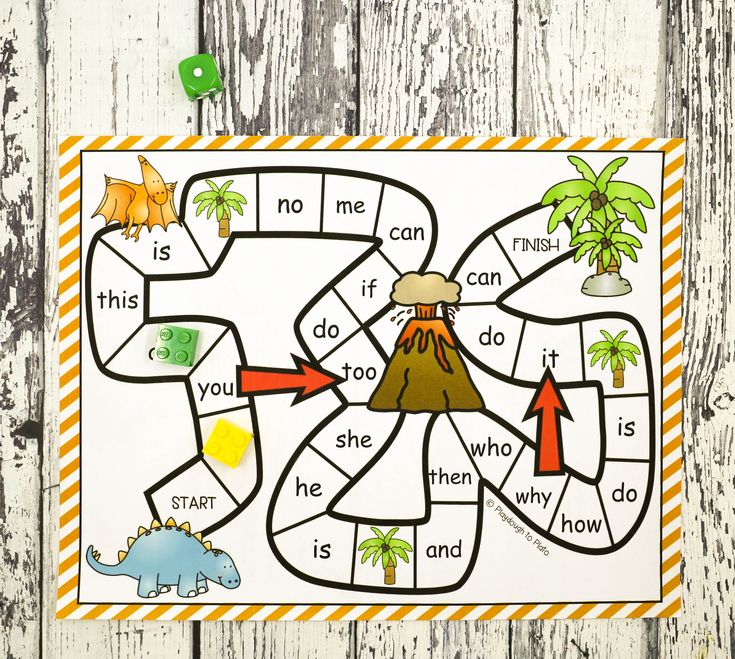 You can use the backyard, a favorite park, or your whole house if it’s an extra rainy or cold day. They’ll use the clues to figure out which words to search for.
You can use the backyard, a favorite park, or your whole house if it’s an extra rainy or cold day. They’ll use the clues to figure out which words to search for.
Tip: make sure you remember where you put the cards! You’ll need to keep in mind the different locations while you write out your sheet of clues. The numbers on the cards should coincide with the clues. Have fun with some wacky rhymes and hints that will get your child laughing!
The clue list can also be made optional. If you’re working in a small space, your child can always just try to find however many words you hid. If they know to look for 10 cards, then they can just run wild through the room (hopefully not upturning furniture!) searching for them.
8) Sight Word Tower
This is an easy, fun sight word game for your child to try that we guarantee they’ll love — because it involves things crashing and making a mess (but one that’s easy to clean up, we promise!).
While trying this game, you’ll need a stack of paper or plastic cups that you don’t mind writing on with a marker.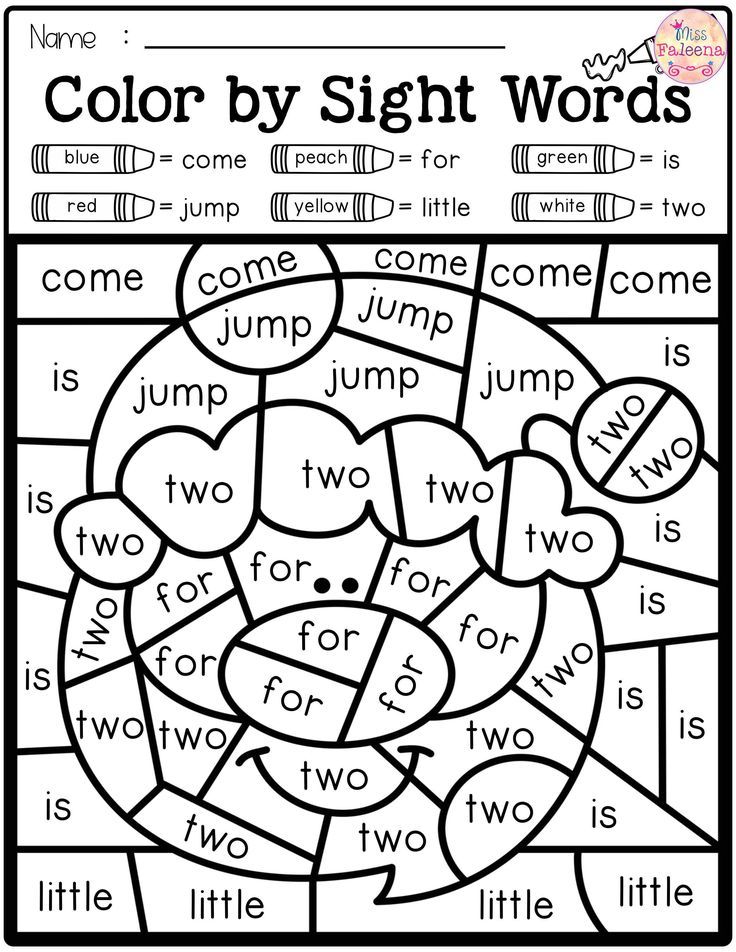 Near the rim of each cup, write a single sight word you want your child to focus on (that way all the cups are the same).
Near the rim of each cup, write a single sight word you want your child to focus on (that way all the cups are the same).
Then your child simply picks up the cup, reads off the sight word, and tries to create a “tower” or “castle” out of all their sight word cups! Here’s the rub — you can only have three cups on the floor! All others must build on top of those three and cannot be inside each other.
The trick is to make sure the cups don’t fall over — if they do, you have to start again! They win once they stack all the cups (and read all the sight words!).
9) Volleyball
This sight word game is easy and simple as well. All you need is an inflatable beach ball that you can write on with a permanent marker.
For each “sliver” of the beach ball, you’ll simply write down a sight word. Then you and your child will toss the ball back and forth. If you want to simulate a proper volleyball game, then you can do this over a net propped up in a yard.
When you catch the volleyball with your hands, you have to read aloud the two words your thumbs touch. For example, your left thumb may touch the word “blue” while your right thumb touches the word “our.” Once you read the words, toss the ball back to the other player.
For example, your left thumb may touch the word “blue” while your right thumb touches the word “our.” Once you read the words, toss the ball back to the other player.
You don’t have to write in-between the lines on the ball, either. To make it wilder (and challenging!), you can write words all over the ball. That way the words your child “catches” are even more unpredictable.
10) Sight Word Path
All you need for this fun game is masking tape (or painter’s tape), index cards, and a marker.
First, write one sight word on each index card. Then, arrange your cards face up on the floor to make a “path.” This path doesn’t have to be straight. It can have as many twists and turns as you’d like (i.e., over the chairs, under the table, etc.).
When placing the cards, make sure they are close enough to each other that your child can step from one card to the next. Important tip: Don’t forget to tape them down with your masking tape to prevent slips or falls. Safety first!
Your child will need to stand at the beginning of the “path” you’ve created and read the word on the first card out loud to start the game.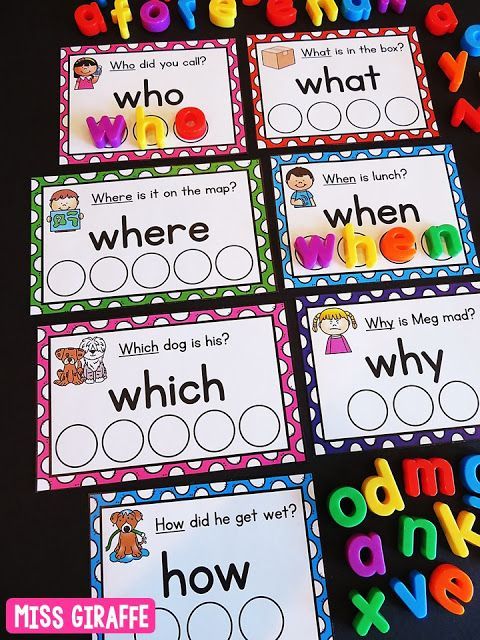 Then, when they’ve read it correctly, they step onto that card.
Then, when they’ve read it correctly, they step onto that card.
The goal is to read the next word, and the next, and so forth until they reach the end of the path. If you’re playing with multiple children, each child can start once the player before them has gotten to the end of the course.
Once your child is comfortable with this game, encourage them to read and walk more quickly. If they are just starting to learn sight words, you can first introduce them to easy terms and increase the difficulty as they go along.
This activity helps kids read sight words quickly and gain confidence through repetition. They’ll also be burning a lot of energy in the process!
11) Hangman
Hangman is a popular game that can also be great to help children learn sight words. To begin, grab some index cards, a marker, and some sheets of paper.
Write one sight word on each index card. Then, use your marker to draw a Hangman “scaffold” on a sheet of paper. (You can also use a chalkboard and chalk for this activity if those are available.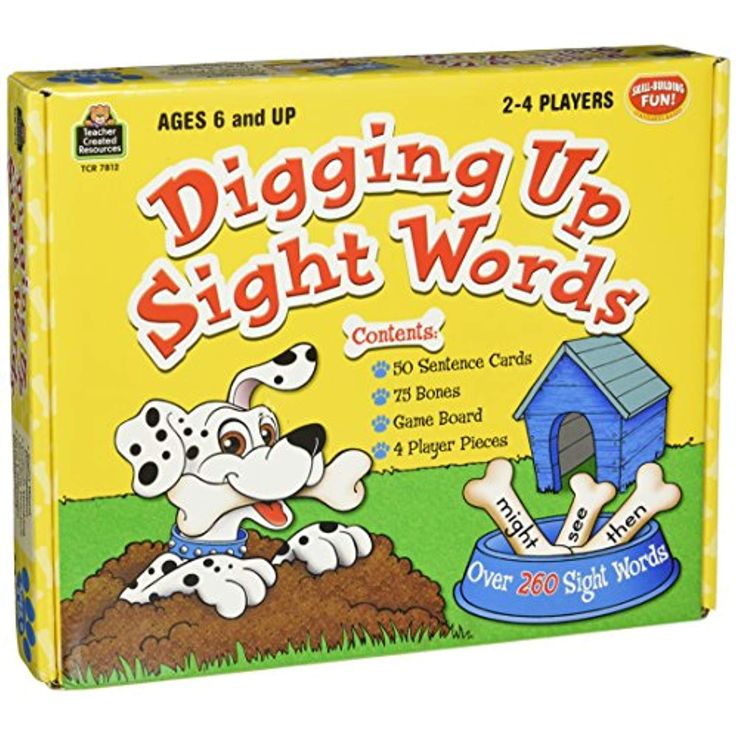 )
)
Next, place the sheet of paper in front of your child, and put the index cards face down next to it. To play, have your child draw a card from the stack and read it aloud. Give them five to 10 seconds to do so.
If your child mispronounces the word on their card, show them how to add the first body piece to the hangman structure (e.g., the head). That index card will then return to the bottom of the stack for them to try again later.
(Remember to help them pronounce this word before returning it to the stack so that they’ll be better prepared next time.)
If they pronounce the word correctly (yay!), move that card to a “correct” pile. Then, continue playing until all the Hangman body pieces have been added — head, torso, arms, and legs.
Once the game is over, have your child count all the cards from their correct pile and tally this as their score. If you’re playing with more than one person, the one with the most cards is the winner! Note: Each child will need their own sheet of paper with the Hangman structure.
If you’re playing with very young children just starting to learn sight words, you can take two turns to draw each body piece (e.g., for legs, you can draw from the waist to knees, then the knees to the feet). This will give them more chances to get words right before the game ends.
If your child or children are more familiar with sight words, begin the game with the head and torso already drawn, giving them fewer chances to make mistakes.
Also, since any mispronounced words get returned to the stack of cards, your child will be exposed to them again, giving them more opportunities to get the pronunciation correct.
12) Sight Word Discovery
Most kids love discovering interesting items in their homes or backyards. Sight Word Discovery takes this natural love for exploring and mixes it with learning.
You’ll need a few items to get started — index cards, a marker, a large plastic tub, a lot of sand, and craft sticks and rocks (these are optional).
First, write a sight word on each index card.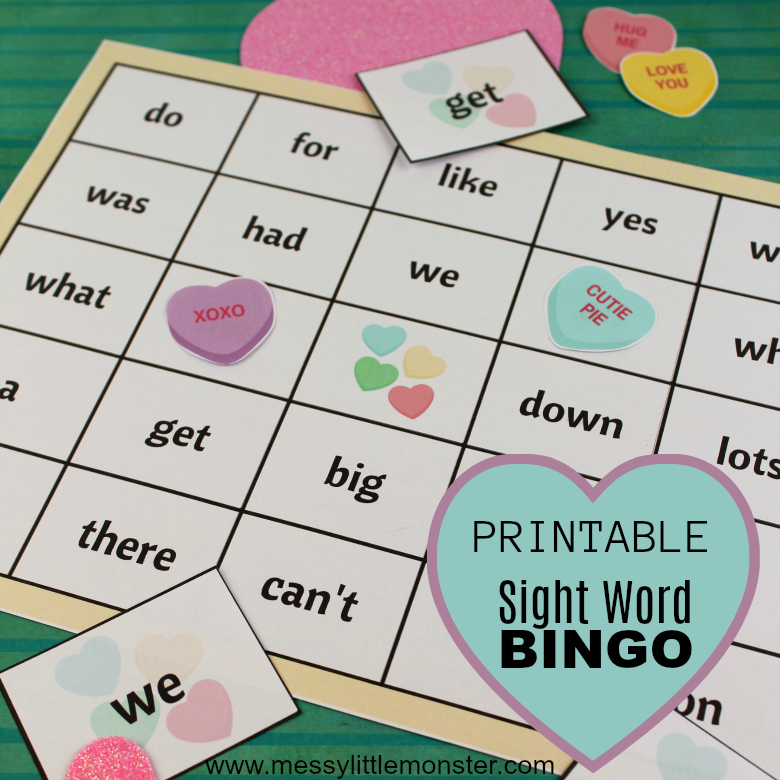 Then, fill the large plastic tub with sand. While filling it up, randomly put the index cards into the tub. You can add some sticks and rocks to the mix as well.
Then, fill the large plastic tub with sand. While filling it up, randomly put the index cards into the tub. You can add some sticks and rocks to the mix as well.
For this game, your child will need to act as a paleontologist who’s on the hunt for sight words (no fossil-finding today!). Every time your child finds a new card, have them read it aloud.
Wow! Look what I found! It’s “the!”
Sometimes parents find it difficult to encourage their children to participate in learning activities or games. But, since children often love playing with sand or dirt, you don’t have to worry about that here!
13) Sight Words On Playdough
Hands-on learning activities are a great way to help children grasp many concepts. That’s because they’re very interactive, allow for creativity, and help to make abstract concepts real.
All you need to get started with this game is playdough, magnetic letters (or letter cutouts from cardboard paper), index cards, and a marker.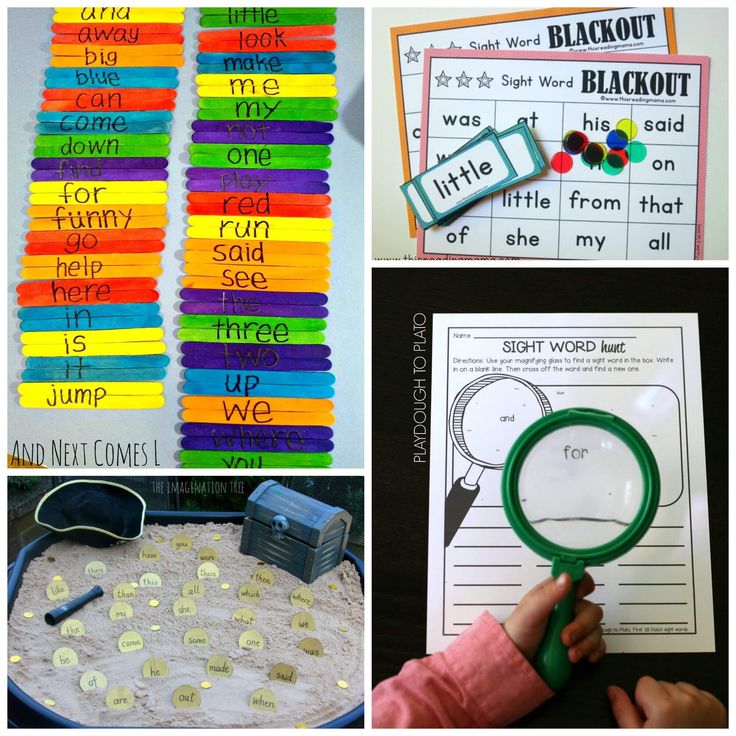
The goal is to encourage your child to construct sight words using the magnetic letters. They will then place these letters upright on the playdough.
To play, place a stack of index cards in front of them, face down. Each index card will have a sight word. When your child draws a card, they’ll need to read it aloud and then construct the word on the playdough.
For example, if your child draws the word like, they’ll need to read it, find the word’s letters, and place them upright on the playdough.
To make things a little more interesting, give your child a timer and ask, “How many words can you construct in five minutes?”
This is a great hands-on learning activity to help kids build their own sight words. And playing with multiple children can add some friendly competition.
What About Reading?
Here at HOMER, we’re big advocates of early childhood reading.
Not only do books expose your child to sight words (and high-frequency words), but they also help improve their vocabulary, strengthen their concentration, and expose children to the world around them.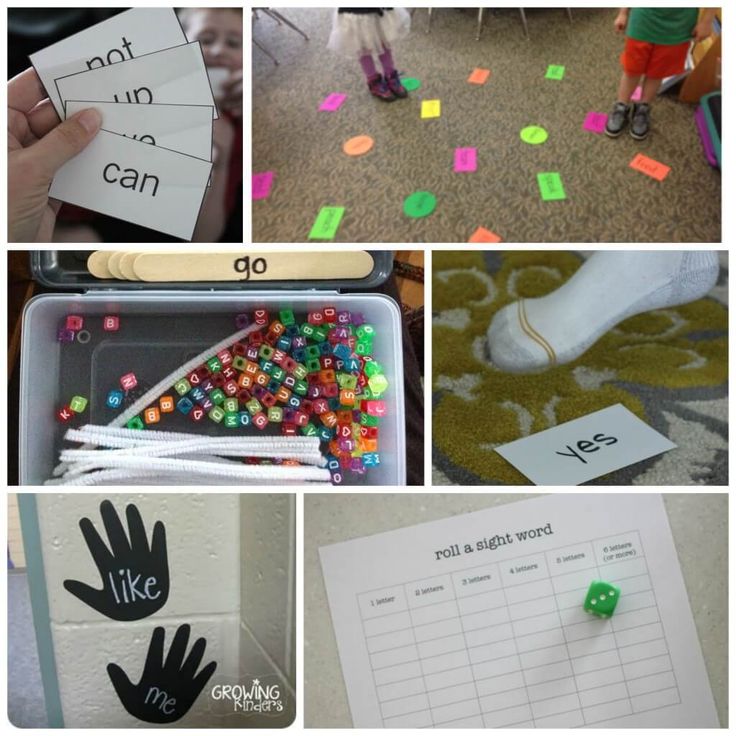
In addition to playing the above sight word games, you can also continue to read regularly to your child to familiarize them with sight words.
Here are a few activity books you can also check out:
- Learn to Read: Sight Words Storybook (For three to five-year-olds)
- Sight Words Word Search Book for Kids (For four to eight-year-olds)
- 100 Sight Words Kindergarten Workbook (For four to six-year-olds)
- Sight Words Activity Book (For five to nine-year-olds)
- Sight Words and Spelling Workbook (For six to eight-year-olds)
Sight Word Games Are Fun And Functional
Games like these are easy to play, require very little equipment, and are highly effective. The more you play these or similar games, the faster your child will learn lots of sight words, which will make them stronger, more confident readers.
We hope you found some interesting options in this list that you’ll try with your child. Remember, sight word games are all about having fun and learning at the same time! Your child will work up their stamina the more they play these sight word games.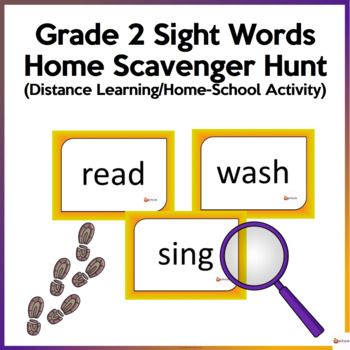
And as always, we’re here to offer a helping hand any time you need it. If you find yourself struggling to fit in practice time for your child’s sight words, you can leave them in our hands with the HOMER Learn & Grow app!
Author
Children's games for learning English
In the modern world, the popularity of the English language has reached its peak for a long time. The language is considered international, and in many European countries locals speak English. This is a huge advantage for those who love to travel the world.
Many parents today want their children to study at the most prestigious international universities in Europe, the USA, and for this, at least, you need to know English. That is why children have to learn a foreign language from an early age. Of course, on the one hand, this is very good, since kids absorb much more information than adults, but on the other hand, it is quite difficult in terms of learning.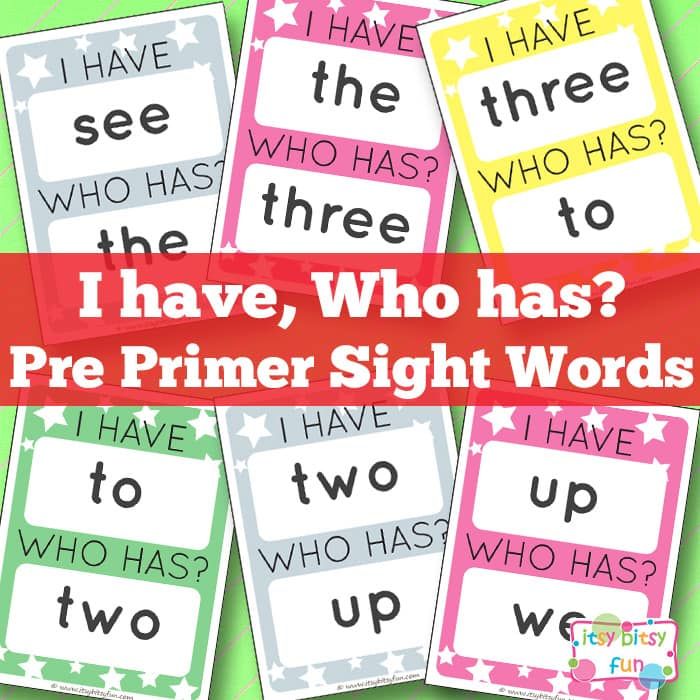 When an adult plans to learn a foreign language, he does it consciously, he has a motivation, an incentive. Kids, on the other hand, do not yet realize why they need it and whether they need it at all. But in this situation there is a way out. The most important thing in teaching English to kids is the ability to interest them, involve them in the process, and the most interesting process for little children is a game. That is why this article discusses the main types of children's games for learning English.
When an adult plans to learn a foreign language, he does it consciously, he has a motivation, an incentive. Kids, on the other hand, do not yet realize why they need it and whether they need it at all. But in this situation there is a way out. The most important thing in teaching English to kids is the ability to interest them, involve them in the process, and the most interesting process for little children is a game. That is why this article discusses the main types of children's games for learning English.
It can be said that English learning games for children are the main form of learning a foreign language. They create a relaxed environment in which learning is easier compared to forced teaching methods. During the game, children not only memorize new words, expressions or rules, but also develop attention, memory, thinking, observation and, of course, creativity. The use of games in teaching helps to maintain interest in the English language, and also helps to more easily learn, consolidate and master the lesson material.
Now let's take a closer look at English games for children. They can be used individually or in small groups.
1. Simon says.
A very simple game that is better and more fun to play in a group. The teacher acts as a leader and must give instructions to the guys so that they perform some action. For example, "Simon says: touch your ears!" - "Simon says, touch your ears!", "Simon says: put your hands on your shoulders!" "Simon says put your hands on your shoulders!" There may be many options here.
2. "Countable - uncountable."
This game was invented on the principle of the game "edible - inedible". The players throw the ball to each other and shout out nouns, and the one who catches the ball must answer whether the object is countable or not. For example, the first player throws the ball and shouts "book", the one who caught the ball must say "countable" or "uncountable". If the player who caught the ball answers correctly, then now he throws the ball and says his word, but if he made a mistake, he simply leaves the game.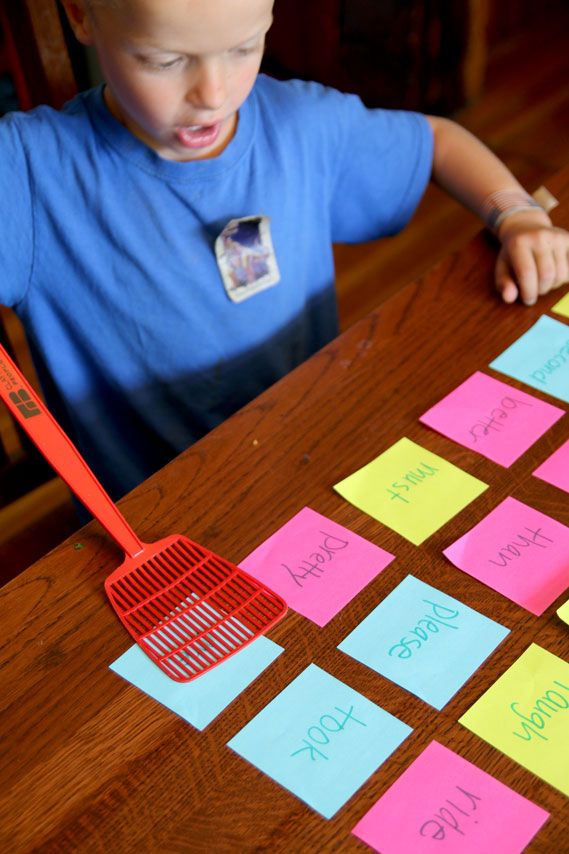
3. Crocodile.
Everyone knows this game. Its essence is to explain with gestures the words of the topic that are being passed or have already been passed. Different parts of speech can be used as displayed words, but with babies it is better to try only nouns and verbs to begin with.
4. "Try and guess."
A variation of the game "crocodile", but in this case the children need to explain the word. You can play the game in two ways. The first way is that the student takes one card from several offered and tries to explain to other students what the word is on the card.
Let's say the word "chair" is written on the card. This concept can be explained as follows: “It’s a piece of furniture” (this is a piece of furniture). "It's not big" (it's small). "It is wooden" (it is wooden). "You can sit on it" (you can sit on it). The explanation doesn't have to be long, complex sentences, on the contrary, it will be more interesting when the student pauses between sentences so that others think a little and scroll through the information in their heads.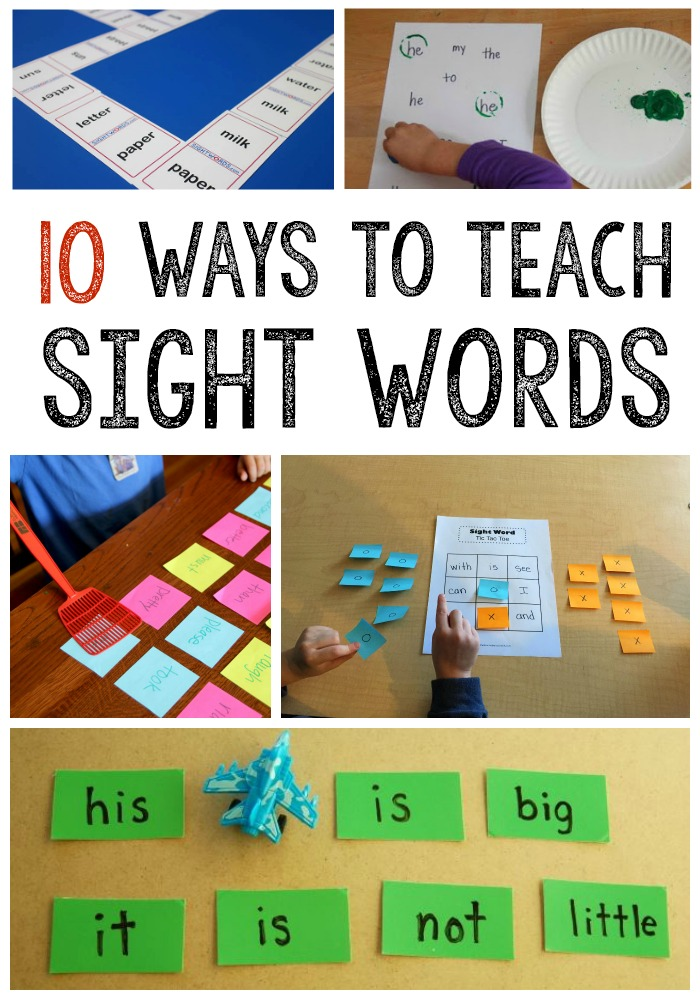
The second way is as follows. One student takes a card and looks at what word he came across. His task is only to briefly answer the questions of other guys - yes / no (yes / no). That is, the guessers will try to find out for themselves what is hidden, asking leading questions that can only be answered with “yes” or “no”. For example, the word "ball" (ball) is guessed. To guess this word, you can make the following questions: “Is it big?” (Is it big?), "Is it brown/red/green etc.?" (Is it brown? Red? Green?), "Can you eat it?" (it can be eaten?) and so on. Questions must be asked until the word is guessed.
5. "Guess what I'm doing?"
Another type of Crocodile game, which has a more grammatical focus. The student who guessed the action should depict some process as accurately as possible, and the other guys need to guess what he is doing and say the sentence in English in a certain tense form. For example, the student must show that he is dancing, and the guys need to make a sentence in Present Continuous, therefore, the following will turn out: "He is dancing.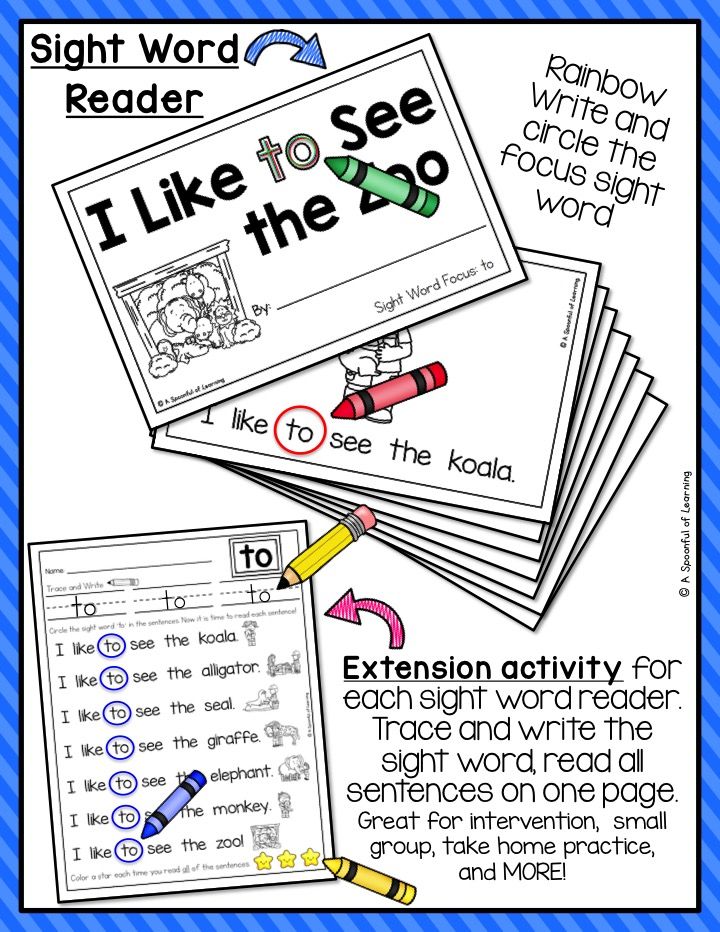 " - "He is dancing". Which of the students correctly guesses the movement and correctly composes a sentence will be the next one to depict the action.
" - "He is dancing". Which of the students correctly guesses the movement and correctly composes a sentence will be the next one to depict the action.
6. "As much as possible."
This educational game in English will help children learn a large number of new words more easily. It is best for her to divide the students into two teams. The essence of the game is to name as many words of a given topic as possible. For example, the theme "Weather" (weather). Students can name different words and phrases that relate to this topic, and the part of speech can also be any. Such words may include "sunny" (sunny), "wind" (wind), "clouds" (clouds) and so on. The team that will name more words related to this topic will be considered the winner.
7. Compound Word
This game in English is suitable for children who already have a certain vocabulary. The essence of the game is that you need to make a word from three to five words of the same topic, and the next word must begin with the same letter as the previous word ends with. Let's say the teacher asked the topic "Colors" (Colors). The option that can be accepted as an answer is gre Y ello W hite. That is, gray (gray) ends with the letter "y", and the next word "yellow" begins just with the same letter "y". In this way, you can make other words from three to five words, but these words should be of the same subject.
Let's say the teacher asked the topic "Colors" (Colors). The option that can be accepted as an answer is gre Y ello W hite. That is, gray (gray) ends with the letter "y", and the next word "yellow" begins just with the same letter "y". In this way, you can make other words from three to five words, but these words should be of the same subject.
8. "Colors"
The game is very simple, but at the same time interesting. It is better to play it if there are six to eight people in a group. Its purpose is to promote the development of attention and memory, and with the help of it it will be easier for children to remember the names of colors. So, if there is a small variety of colors in the classroom or office where classes are held, then before the game the teacher will need to arrange multi-colored objects. Moreover, the number of items of different colors will be different. Let's say there are 6 people in a group, so you need to choose 6 colors - red (red), blue (blue), white (white), green (green), orange (orange), yellow (yellow).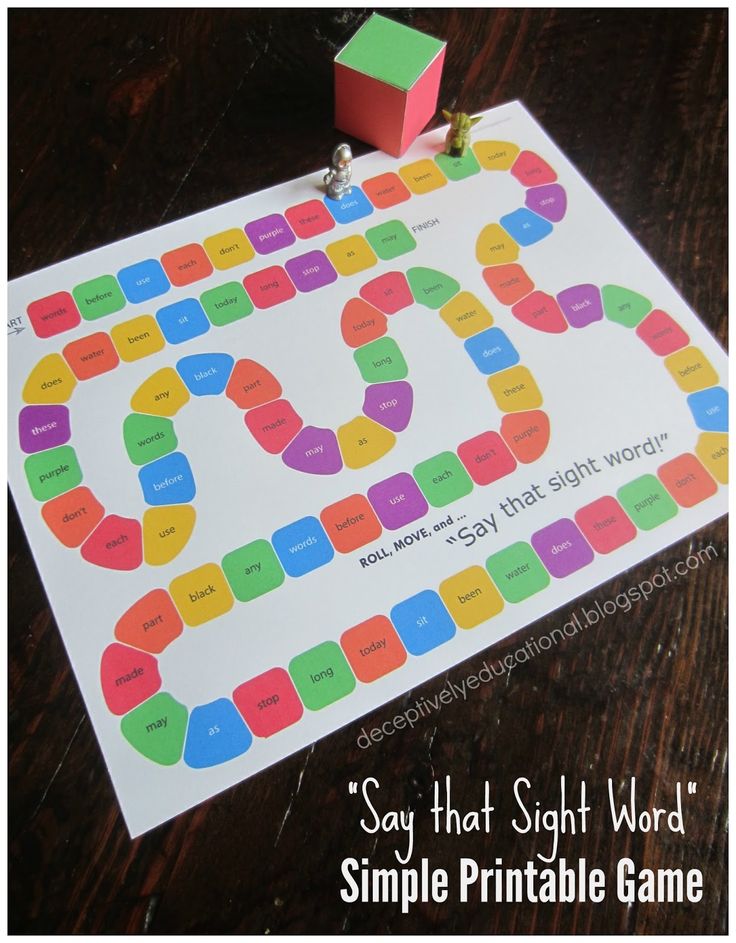 But the number of items of each color should be different, for example, red items can be taken six pieces, blue - five, white - four, green - three, orange - two, and yellow - one. That is, the game is designed for the reaction of children, so that after the teacher’s command to choose an object of a certain color, the guys grab the right thing as quickly as possible, and the one who did not have time is out. As a result, the course of the game will look like this: the teacher gives the command: “Children, take red pencils! Children, take blue balls! Children, take white paper! Children, take green apples! Children, take orange stamps! Children, take yellow books!” The winner is the one who has all six items of different colors.
But the number of items of each color should be different, for example, red items can be taken six pieces, blue - five, white - four, green - three, orange - two, and yellow - one. That is, the game is designed for the reaction of children, so that after the teacher’s command to choose an object of a certain color, the guys grab the right thing as quickly as possible, and the one who did not have time is out. As a result, the course of the game will look like this: the teacher gives the command: “Children, take red pencils! Children, take blue balls! Children, take white paper! Children, take green apples! Children, take orange stamps! Children, take yellow books!” The winner is the one who has all six items of different colors.
9. "Get everyone together."
This educational game in English is designed to consolidate words on a specific topic. For example, you can take the themes "At the Zoo" and "On a Farm". The task for the students will be as follows: In one large pile there will be animal toys that need to be distributed into groups - some to the Zoo, others to the Farm.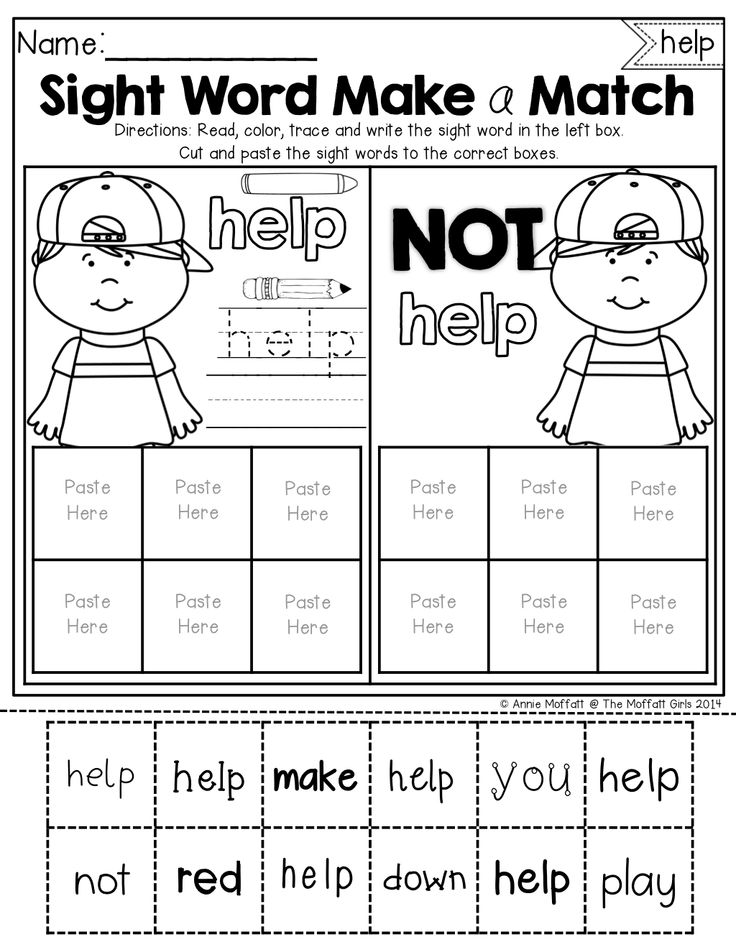 Each student must choose a toy and put it in the right box or box, while naming the animal in English. Let's say he took a cow and said: "It's a cow" (This is a cow). The task can also be slightly complicated by having the student add a sentence about where the animal lives. For example, like this: "It's a cow. It lives on a farm ”(This is a cow. She lives on a farm). And so on until the last toy is in its place.
Each student must choose a toy and put it in the right box or box, while naming the animal in English. Let's say he took a cow and said: "It's a cow" (This is a cow). The task can also be slightly complicated by having the student add a sentence about where the animal lives. For example, like this: "It's a cow. It lives on a farm ”(This is a cow. She lives on a farm). And so on until the last toy is in its place.
There can be many variations in this game. You can also distribute the animals according to the countries where they live, or you can choose the shapes and have the students distribute the objects according to their shapes. It all depends on the topic that the students are going through.
10. Snowball.
One of the most popular games in English for schoolchildren, which will force students to be as attentive as possible. At the same time, it is recommended to conduct it when the number of students does not exceed eight people. Words are better to choose one topic so that it is not so difficult.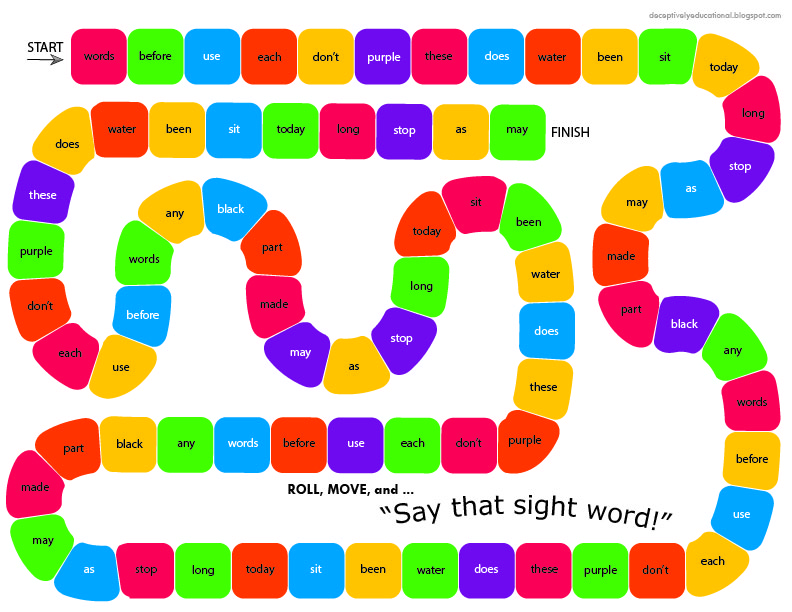 So, the first student says his word, the second repeats this word, then he says his own. The third student needs to first say the word of the first student, then the second, and then add his word and so on. To complicate the task, you can spend two circles. It will look something like this (let's say the theme is "Vegetables" (vegetables):
So, the first student says his word, the second repeats this word, then he says his own. The third student needs to first say the word of the first student, then the second, and then add his word and so on. To complicate the task, you can spend two circles. It will look something like this (let's say the theme is "Vegetables" (vegetables):
First student: tomato…
Second student: tomato, potato…
Third student: tomato, potato, cucumber…
Fourth student: tomato, potato, cucumber, cabbage…
Fifth student: tomato, potato, cucumber, cabbage, onion…
Sixth student: tomato, potato, cucumber, cabbage, onion, carrot…
To make the game meaningful, you can introduce a rule: whoever makes a mistake is out of the game. Then the most attentive will remain at the end.
So, we looked at examples of English games for schoolchildren and toddlers that can be used in teaching English. Remember: the more lessons the teacher conducts in a playful way, the more interest in learning the language appears in children.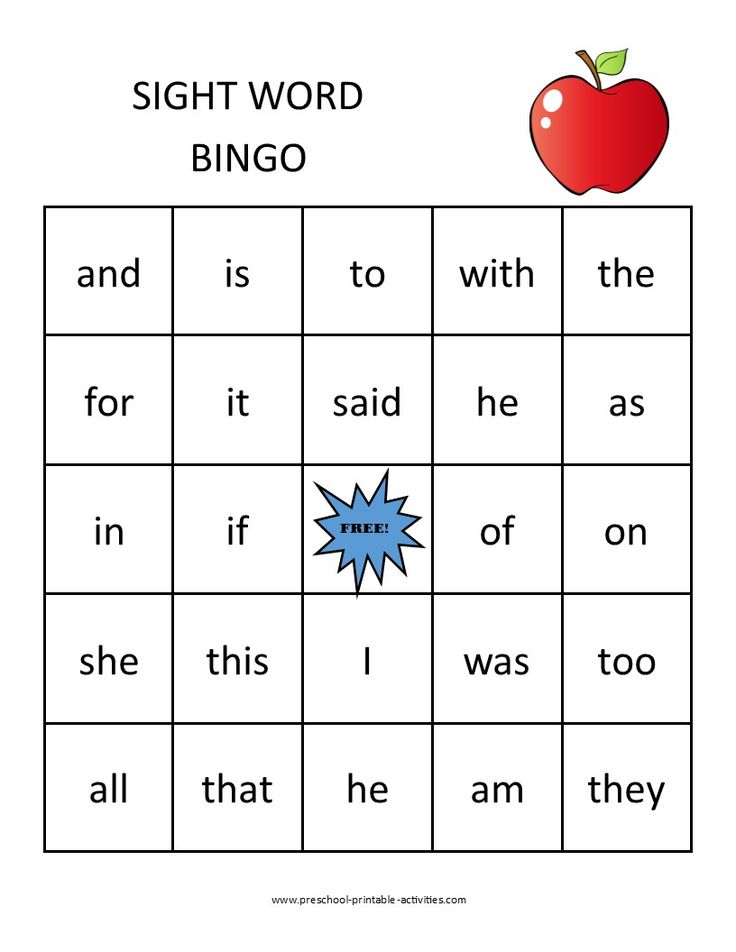 And the more interest, the easier the learning process is given.
And the more interest, the easier the learning process is given.
Simple games with flash cards in English Marina Mural
Marina Mural, co-founder of FamiLingvo, a community of parents who raise bilingual children, regularly writes a column for Osvita Nova on a hot topic. Today Marina shared how to use flashcards to learn a language with children.
The use of flash cards, or Doman cards, is a must-do when raising bilingual children. This is a simple and fun way to teach a child not only a foreign language, but also their native language. With their help, you can significantly expand your vocabulary and improve your speaking skills. From my practice, children love to look at them, and as they grow up, play different games using them.
Which cards to choose is a matter of parent's taste and child's preferences. These can be flash cards with pictures, letters of the alphabet, or even whole words. Their choice is now huge.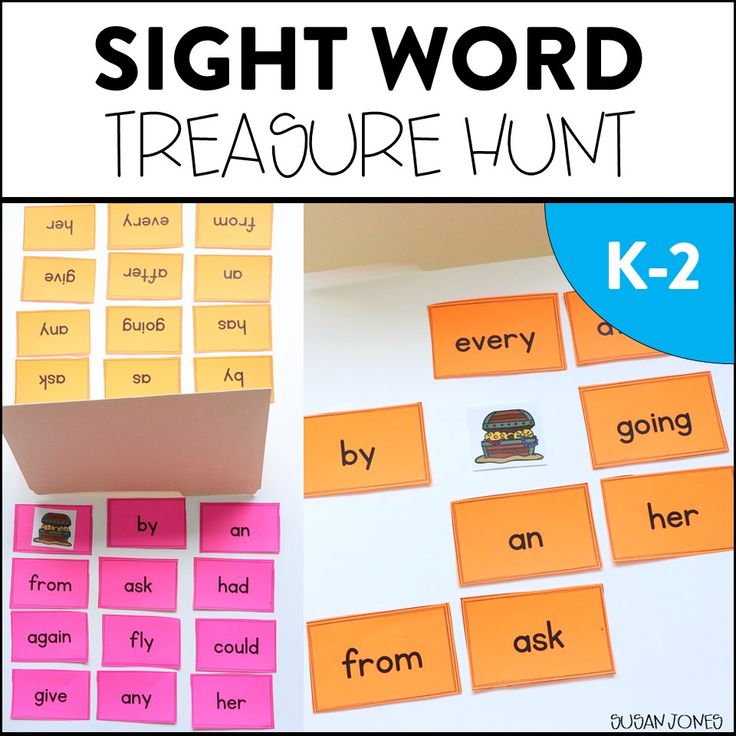
I offer you interesting and fun games that are suitable for any set of flash cards in English. In addition, these games can be played almost anywhere, without time limits.
1. Show and tell.
A game for those who are just starting to use cards with their child. We take a card and simply show and tell what is shown on it. Over time, you can ask different questions about it: “Is it big or small?,” “What is it made of?”, “Do you like it?”, “What color is it?”
2. Classify the words.
Draw two or three large circles on a large piece of paper and write the words at the top of each, eg Animals, Food, Clothes. For toddlers, it is better to depict these words or choose a specific circle color for each group of cards. Then give the card of your choice to the child and ask them to find the correct circle for her.
3.Jump On It.
Spread the cards on the floor or on the ground. Name the card and the child has to find it and just jump on it.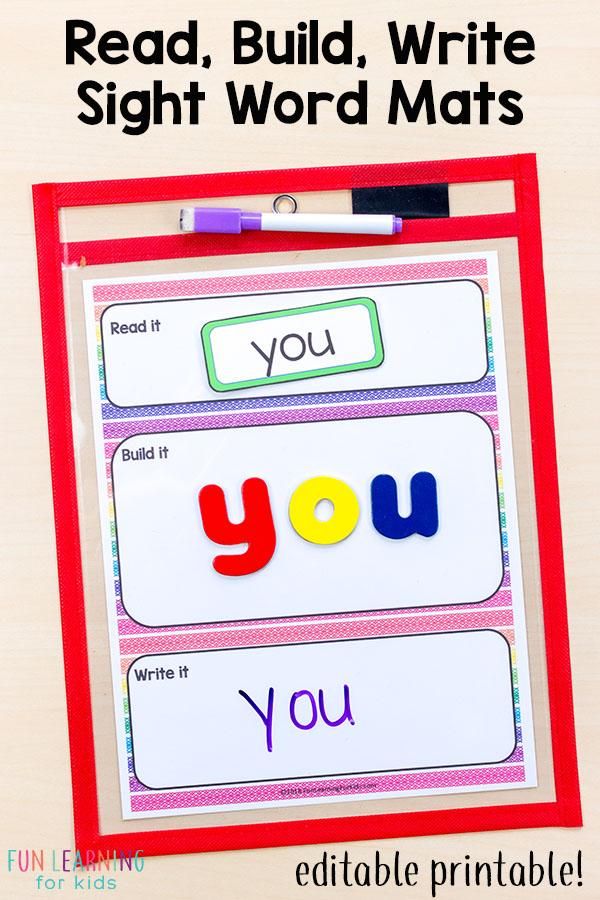 You can play with a large company or even the whole family.
You can play with a large company or even the whole family.
4. Touch.
Spread the cards around the space you are in. It can be both at home and on the street. Ask the child to run in a circle, and when you name a card, the child must find it and touch it. For example: “Touch the car”, “Touch the bicycle”, “Touch the bus”. Also, this game can be made more difficult by changing the actions to be done with the card: “jump on”, pick up”, bring it to me” or offer to touch different parts of the body “touch with hand, nose, toes, elbow etc”.
5. Give Me Game.
Lay out the cards, set a timer for one minute and ask the child to collect as many cards as possible, calling them as they go. For example: “Give me a bus”. Several children can play this game.
6. Flashcard Story.
Give the child some cards. Ask him to come up with a simple story with their help. At first, help the child by choosing the right words.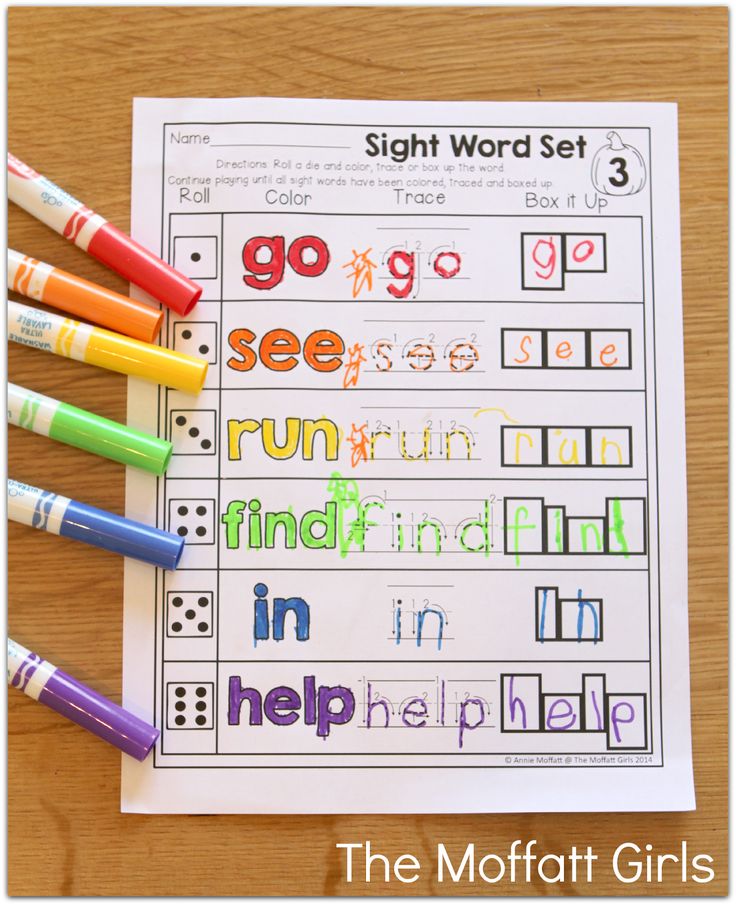 You can play this game and vice versa - so that the child himself says what cards he needs, for his
You can play this game and vice versa - so that the child himself says what cards he needs, for his
stories. You can also beat your favorite fairy tale or poem in English.
7. What's Missing.
There are two versions of this game.
Place three cards face up in a row. Ask the child to turn away and turn one of them over. When he turns back, ask him to name the card you turned over. When he guessed it, you flip it back and
add a new one. And so on. You can only turn one card face down at a time.
You can also switch roles with your child and be the one to guess the cards. This is especially good when you introduce new sets of flashcards.
In fact, it is not difficult to come up with card games. The main thing is to know what topic and activities are interesting for your child. But be sure to use them when raising your bilingual. And the results won't keep you waiting long.
Ideas for games and other activities in English can always be found in our FamiLingvo group.